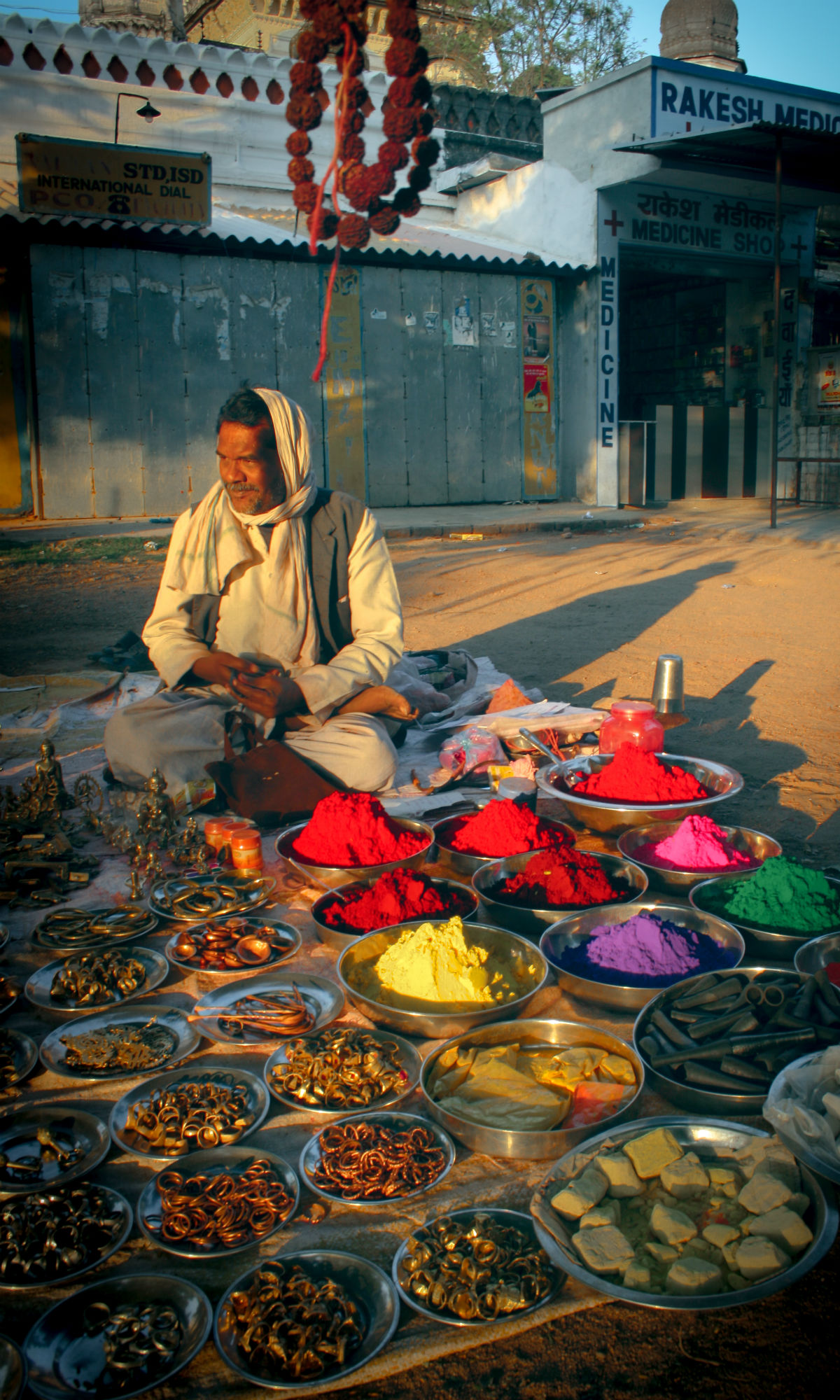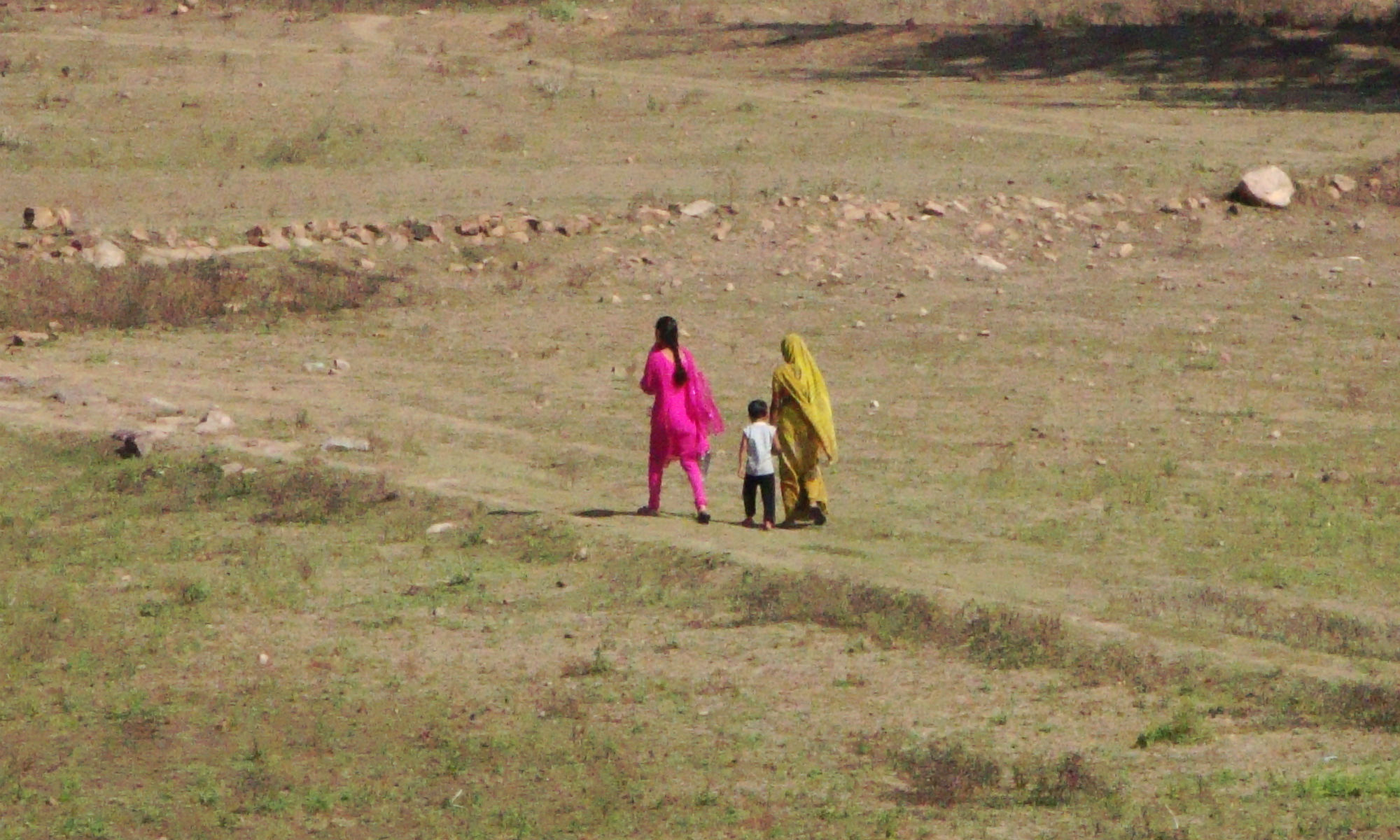Comparing the environmental impact of different lifestyles
A recent book, researched and edited by three Victoria University of Wellington academics, shares the stories of daily life of 24 families around the world comparing the environmental impact of their lifestyles.
Everyday Lifestyles and Sustainability: The Environmental Impact of Doing the Same Things Differently explores the daily routines of families from both poor and rich neighbourhoods around the globe, with a focus on measuring their environmental footprint.
“We all do the same things,” says Professor Brenda Vale from the School of Architecture. “Food is a part of everyone’s life. We all work for money to house ourselves, we send our children to school, we need health care. Leisure time is important.”
The authors found that for those with limited resources, the way they participate in these familiar every day routines is as satisfying, but can have a lower environmental impact.
“We know we’re living beyond the resources of the planet. Earth overshoot day gets earlier every year. This book explores the idea of what lifestyles can have a smaller footprint on our planet while still ensuring a satisfying life.”
Dr Fabricio Chicca, joint editor of the book and one of Professor Vale's former PhD students, was staying with a family in a rural area of India, when he was struck by the way the family used their very limited resources to live a happy and fulfilling life.
Building on this idea, the three editors identified families from each continent who were willing to share their lifestyles.
“This approach has created a kind of anthology of cross-cultural tales of daily life, allowing people to make their own comparisons. We want the stories to stand for themselves,” says Professor Vale.
“The biggest difference highlighted is that although poorer families often have fewer resources than many in first-world regions, they tend to be more resilient, have very tightly-woven communities and lead very happy, fulfilling lives. One common theme was the strength of community and its centrality to daily life,” says Professor Vale.
“Some stories are quite humbling really, people manage on almost nothing but still have a way of life that is so enjoyable.”
The idea for Everyday Lifestyles grew out of earlier work in Victoria University’s School of Architecture, some of which has been published in books including Time to eat the Dog? (2009) and Living Within a Fair Share Footprint (2013).


